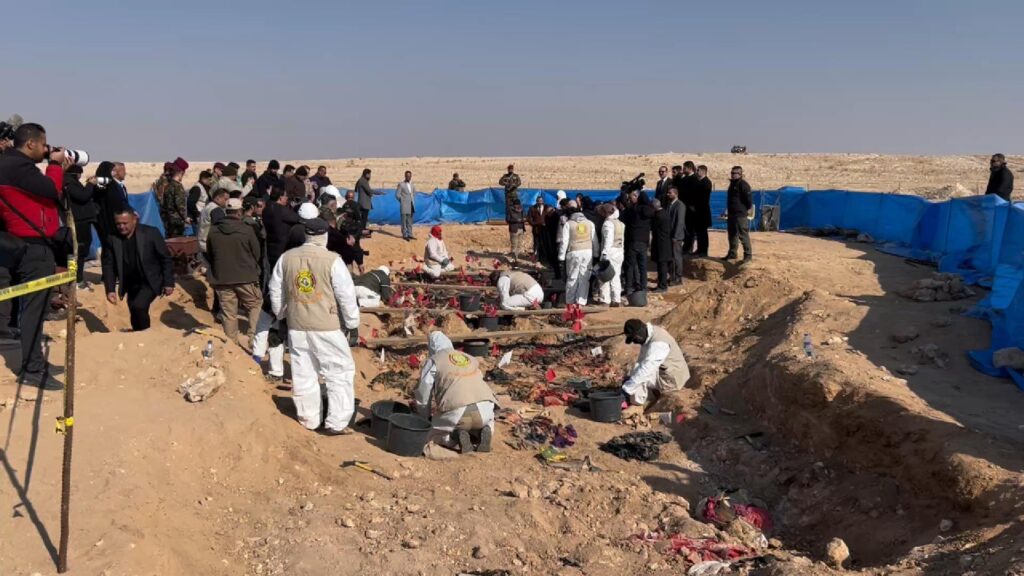Muslim pilgrims converge on Jamarat for ritual stoning of the devil

Muslims from around the world hurled pebbles at a giant wall in a symbolic stoning of the devil on Sunday, the start of the riskiest part of the annual haj pilgrimage in Saudi Arabia, where hundreds died in a crush four years ago.
The kingdom stakes its reputation on its guardianship of Islam’s holiest sites, Mecca and Medina, and organizing the world’s largest annual Muslim gathering which retraces the route Prophet Mohammad took 14 centuries ago.
Tens of thousands of security forces and medics are deployed alongside modern technology including surveillance drones to maintain order.
Nearly 2-1/2 million pilgrims, mostly from abroad, have arrived for the five-day ritual, a religious duty once in a lifetime for every able-bodied Muslim who can afford it. They are asked to follow carefully orchestrated schedules for each stage of haj, but with so many people, panic is a constant danger.
Under close supervision and clad in white robes signifying a state of purity, the faithful converged on Jamarat to perform the stoning ritual from a three-storey bridge erected to ease congestion after stampedes in previous years.
They will return to the bridge over the next two days for more stoning before returning to Mecca to pray at the Grand Mosque at the end of haj.
Saudi authorities have urged pilgrims to set aside politics during the rituals, but violence in the Middle East, including wars in Yemen, Syria, and Libya - and other global hotspots - remain on the minds of many.
Confectioner Alaa Watad from Syria’s Idlib province, the last major rebel enclave in the country’s civil war, said his hometown was “drenched in blood”.
“We pray to God from the bottom of our hearts to bring relief to us and to Syria,” said Muhammad al-Jarak, another pilgrim from Idlib.
Pakistani pilgrims, meanwhile, expressed concern about Kashmir after Indian authorities last week revoked the special status of the border region which has long been a flashpoint for regional tensions.
“I prayed (in Mecca) for a very strong Pakistani government and nation and for the whole of the Muslim ummah (community) to be united and strong financially, morally and mentally,” said Syed Sajjad Ali Bukhari, a pensioner living in Canada.
Avoiding A Crush
King Salman and Crown Prince Mohammed bin Salman received well-wishers on Sunday afternoon at a palace gathering attended by royals, clerics, military leaders, ministers and distinguished guests to mark the first day of Eid al-Adha, or the feast of sacrifice.
Saudi Arabia has “fulfilled its duty for the sake of Allah and welcomed the guests of Allah without exception and provided them with all the services needed to perform their haj ritual with ease, comfort, security and tranquillity,” the 83-year-old monarch said in a televised speech.
The authorities redesigned the Jamarat area after stampedes in 2004 and 2006 killed hundreds of pilgrims. The frequency of such disasters has been greatly reduced after the government spent billions of dollars upgrading and expanding haj infrastructure and crowd control technology.
The 2015 crush killed nearly 800 people, according to Riyadh, when two large groups of pilgrims met at crossroads on the way to the stoning site.
Counts of repatriated bodies, however, showed more than 2,000 people may have died, with more than 400 of them from Iran. It was the worst disaster at haj in at least a quarter of a century.
Saudi authorities said at the time that the crush may have been caused by pilgrims failing to follow crowd control rules. King Salman ordered an investigation but the results were never announced.
Iran boycotted the haj the following year, partly in response to the crush and following a diplomatic rift between the two countries.Iranians are attending this year as Riyadh and Tehran continue to struggle for regional supremacy. Tensions are particularly high following the seizure of commercial vessels and attacks on tankers near the Strait of Hormuz.
The narrow waterway separating the two countries has become the focus of a standoff between Tehran and Washington, which has beefed up its military presence in the Gulf since May.
Pilgrimage is also the backbone of a Saudi plan to expand tourism under a drive to diversify the economy away from oil. The haj and year-round umrah generate billions of dollars in revenue from worshippers’ lodging, transport, fees and gifts.
The authorities aim to increase the number of umrah and haj pilgrims to 15 million and 5 million respectively by 2020, and hope to double the umrah number again to 30 million by 2030.

